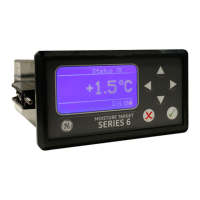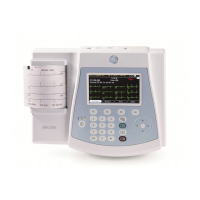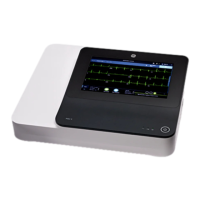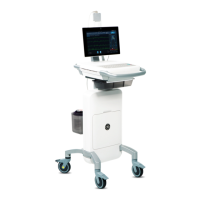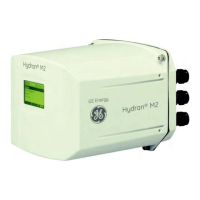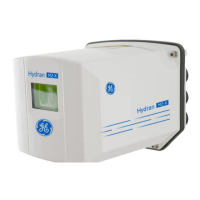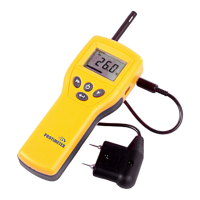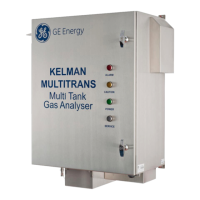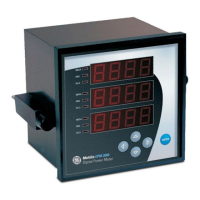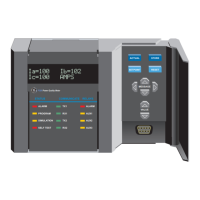GE Analytical Instruments ©2006 13-4 DLM 14291 Rev. A
• Close the gas inlet stopcock and outlet stopcock on the purge vessel and
screw the needle valve on the purge vessel all the way in (fully closed).
• Close the drain stopcock on the purge vessel. Open the screw cap on the top
of the purge vessel, and add 5 mL of the filtered VCl
3
/HCl reagent.
• Add 100 µL of the dilute antifoaming agent to the purge vessel. Leave the
screw cap off while adjusting the gas flow into the purge vessel.
• Open the main valve on the inert gas cylinder, adjust the regulator to give
1-5 psi, and open any shutoff valve on the regulator.
• Open the gas inlet stopcock on the purge vessel and slowly open the needle
valve to start the flow of gas into the purge vessel. Obtain a slow, gentle
bubble of gas through the reagent.
• Replace the screw cap, open the outlet stopcock on the purge vessel and
slowly open the outlet stopcock on the gas bubbler while keeping an eye on
the level of NaOH in the bubbler. When opened slowly, the NaOH will not
bump as the gas is added. If the gas is added too fast, the NaOH will bump
into the IFD filter. Gas should now be bubbling through the purge vessel and
gas bubbler.
Adjustment of Purge Gas Flow Rate
The flow rate of inert gas into the purge vessel must be carefully adjusted. If
the flow rate is too low, the purge vessel will be under a relatively high
vacuum. This will cause the VCl
3
/HCl to vacuum distill (see 13-5) If the flow
rate is too high, NO from the samples can leak out into the atmosphere,
causing reduced sensitivity and poor repeatability. To adjust the flow rate:
• The IFD filter line should not be connected to the NOA.
• With the frit restrictor open to the atmosphere and the NOA in the Start
mode, record the cell pressure. The cell pressure can be viewed at the
bottom of the measurement menu or from the Control/Status screen.
• Connect the IFD filter line to the NOA’s frit restrictor and tighten the nut
fingertight.

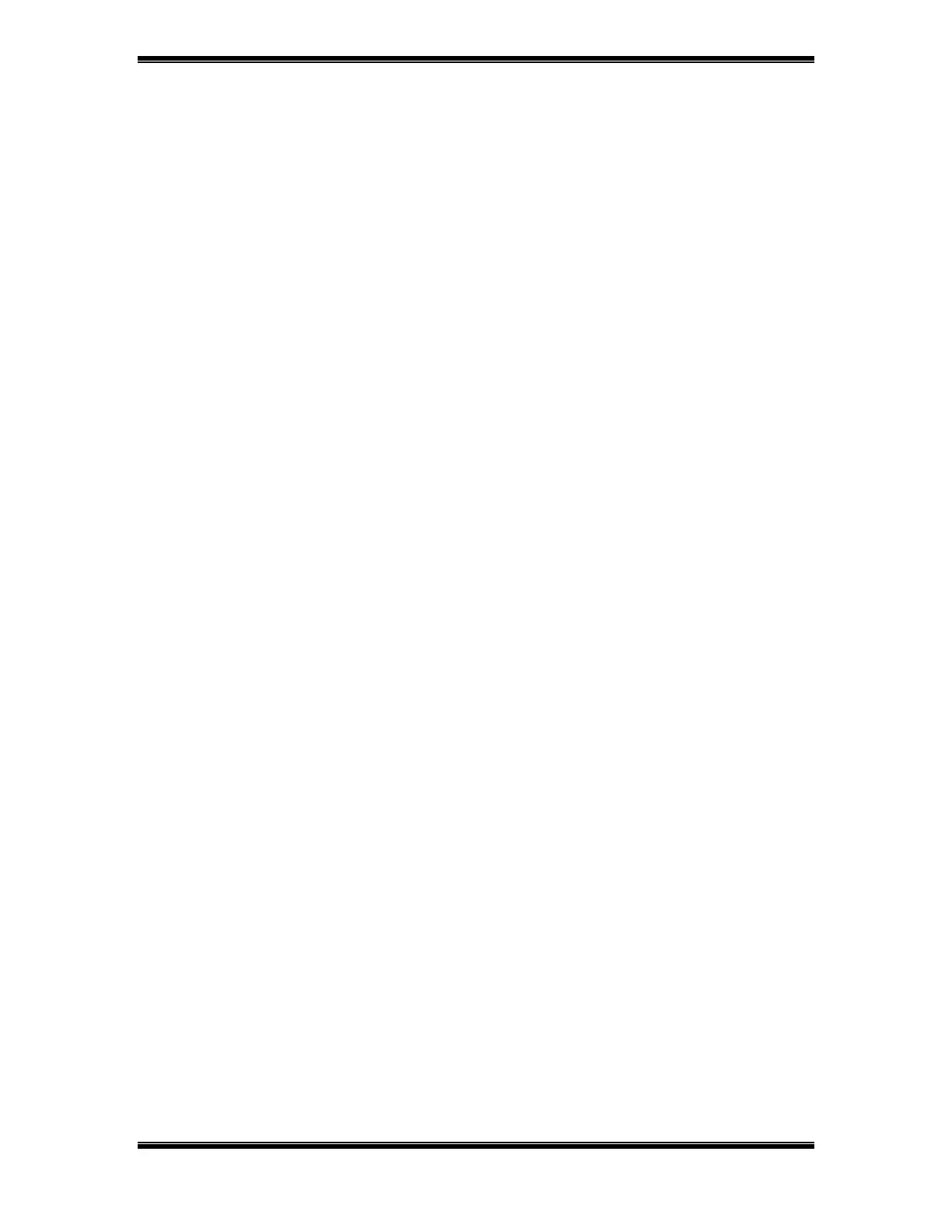